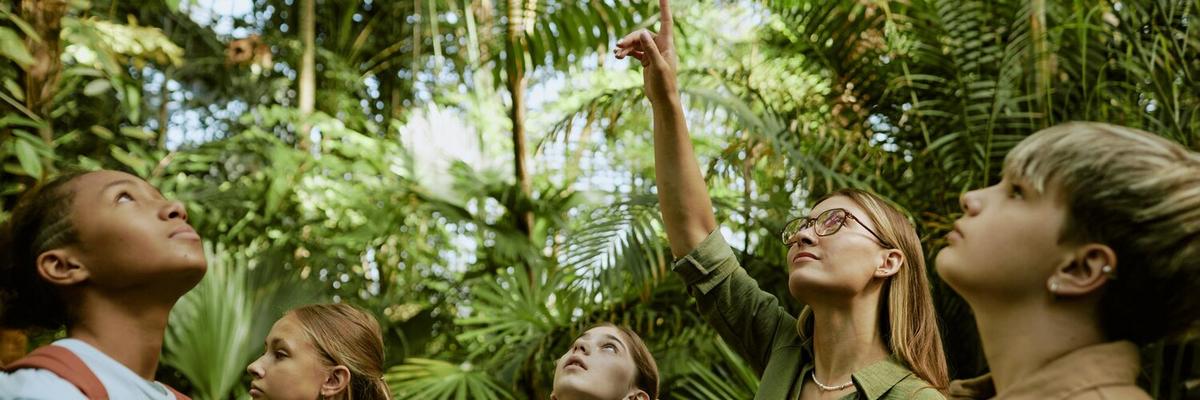
The Future of Wildlife Conservation: Balancing Human and Animal Needs
As we navigate a rapidly changing world, the challenge of wildlife conservation becomes increasingly complex. The need to protect ecosystems while accommodating human expansion is not only a pressing issue but also a delicate balancing act.
Wildlife conservation today involves a sophisticated approach that considers both the needs of animals and the demands of human populations. This dual-focused strategy is crucial in ensuring the sustainability of our planet. According to Dr. E.O. Wilson, a prominent biologist, “The key to a healthy planet is to find a balance where humans and nature coexist harmoniously.” This sentiment is echoed by numerous conservation experts who emphasize the importance of integrated efforts.
Understanding the Current Landscape
Recent studies highlight alarming statistics: over 1 million animal and plant species are facing extinction, and human activities are a significant driver. This underscores the urgent need for effective conservation strategies that do not compromise human development. The World Wildlife Fund’s Living Planet Report provides extensive data on species decline, pointing to habitat loss, pollution, and climate change as primary culprits.
Expert Insights on Conservation Strategies
Conservationists like Dr. Jane Goodall advocate for community-led conservation initiatives. These programs empower local populations to protect their natural resources while benefiting economically. For example, ecotourism has become a vital source of income for communities adjacent to wildlife reserves.
Building Bridges: Human and Animal Needs
- Community Involvement: Encouraging local participation in conservation efforts ensures sustainable outcomes.
- Technological Integration: Advanced technologies like drones and satellite tracking are being used to monitor wildlife and prevent poaching.
- Education and Awareness: Educating the public about the importance of biodiversity can foster greater commitment to conservation efforts.
Personal stories from conservationists often highlight the challenges and triumphs of balancing these needs. For instance, in Kenya, the establishment of conservancies has helped reduce human-wildlife conflict while promoting biodiversity.
Actionable Steps for Conservation
- Support conservation organizations working at the grassroots level.
- Adopt sustainable practices in your daily life to reduce your ecological footprint.
- Engage with policymakers to advocate for stronger environmental protections.
Comparison Table: Traditional vs. Modern Conservation Approaches
| Aspect | Traditional Approach | Modern Approach |
|---|---|---|
| Focus | Species-centric | Ecosystem-centric |
| Method | Conservation in isolation | Community involvement |
| Technology | Minimal use | Advanced tools |
| Scale | Local | Global |
| Funding | Limited | Diverse sources |
| Awareness | Informal education | Formal and informal education |
| Outcome | Species preservation | Sustainable ecosystems |
| Challenges | Human-wildlife conflict | Integration of human and animal needs |
Frequently Asked Questions
How can individuals contribute to wildlife conservation?
Individuals can contribute by reducing their carbon footprint, supporting conservation charities, and spreading awareness about environmental issues.
Why is it important to involve local communities in conservation efforts?
Local communities are often directly affected by conservation policies. Involving them ensures that strategies are more effective and sustainable.
What role does technology play in modern conservation?
Technology aids in monitoring wildlife, analyzing ecological data, and preventing illegal activities like poaching.
Conclusion
Balancing the needs of humans and wildlife is a challenging yet essential endeavor. By fostering collaboration, embracing technology, and promoting education, we can create a future where both nature and humanity thrive. As we look ahead, it’s crucial to take informed actions that support conservation efforts globally. Engage with local initiatives, support sustainable practices, and stay informed about the latest conservation strategies. Together, we can make a difference.